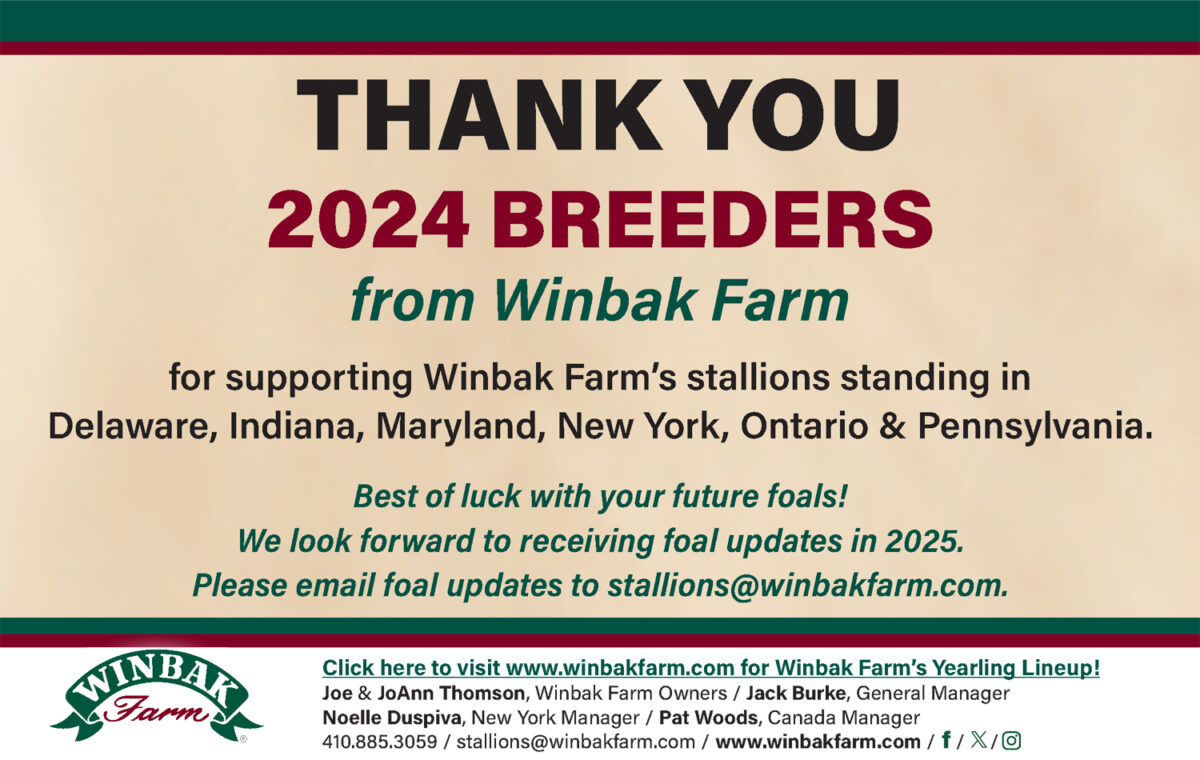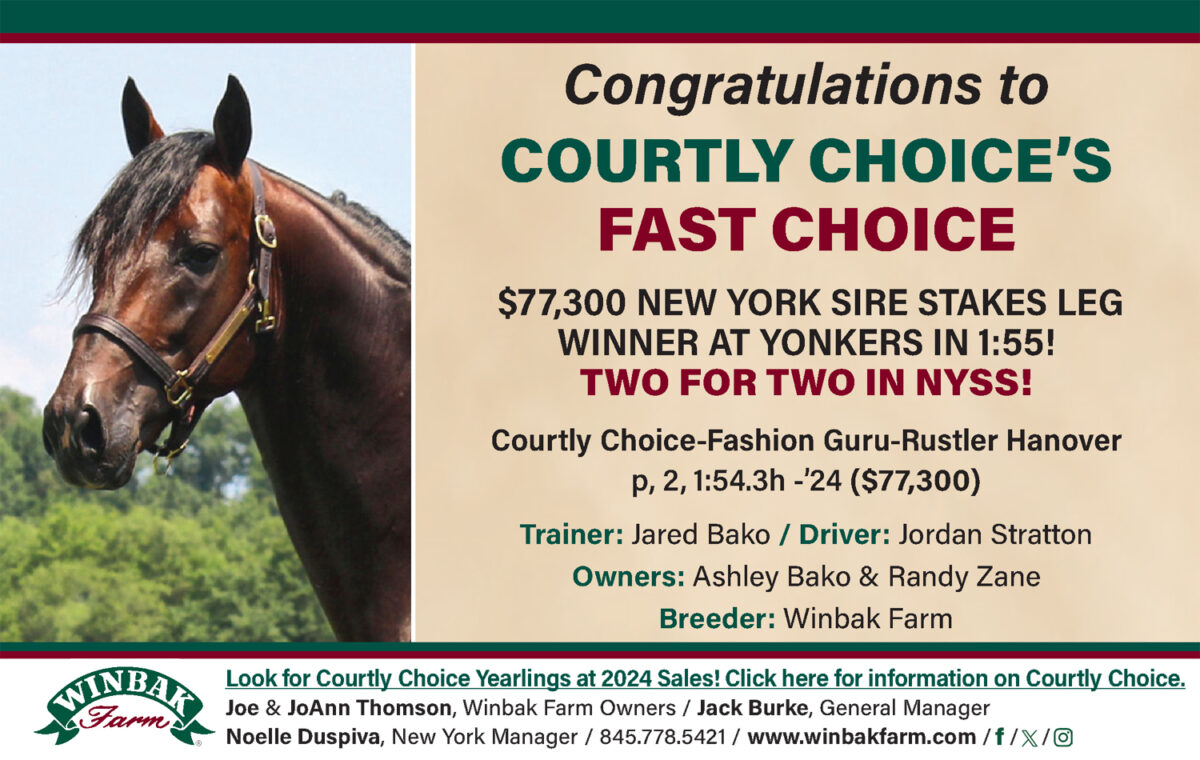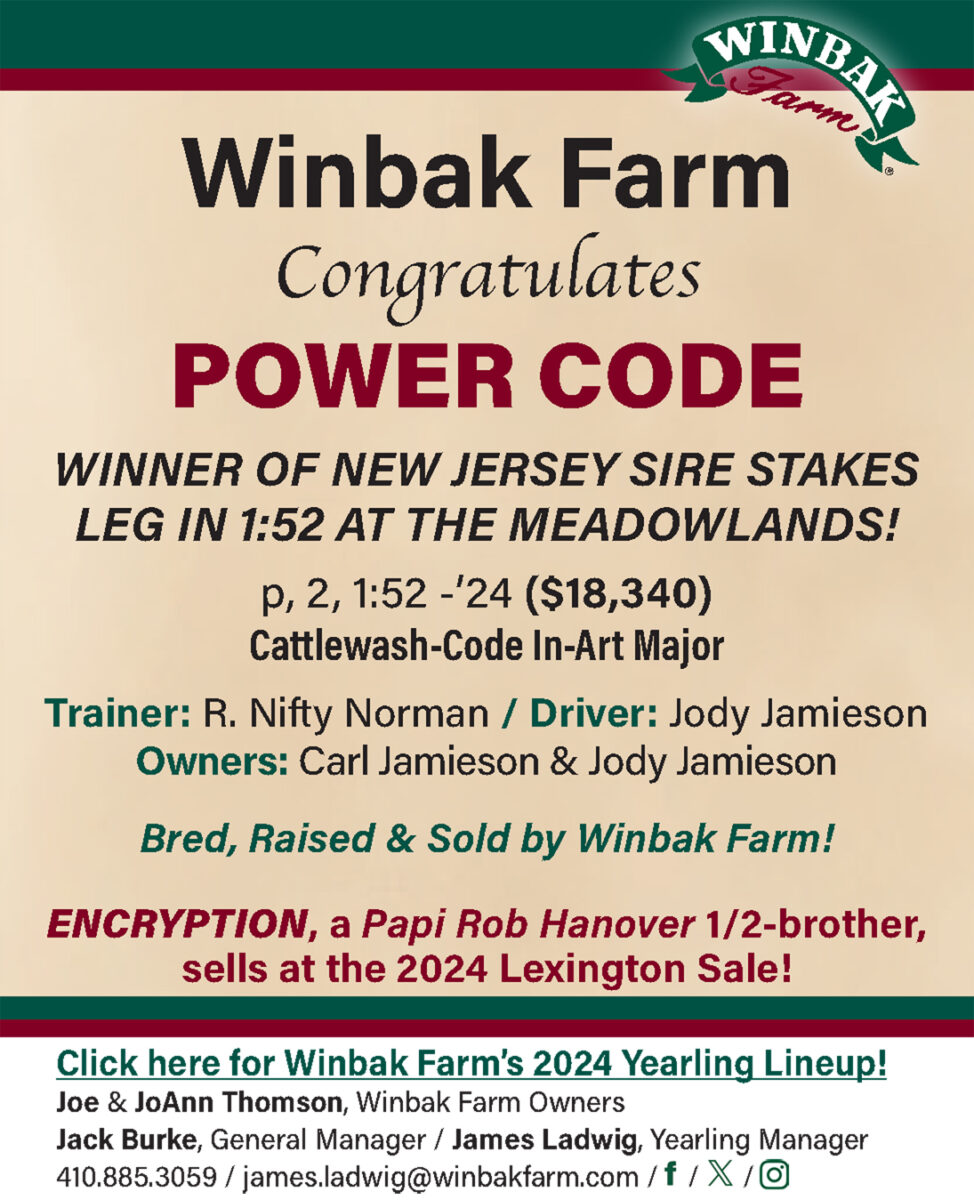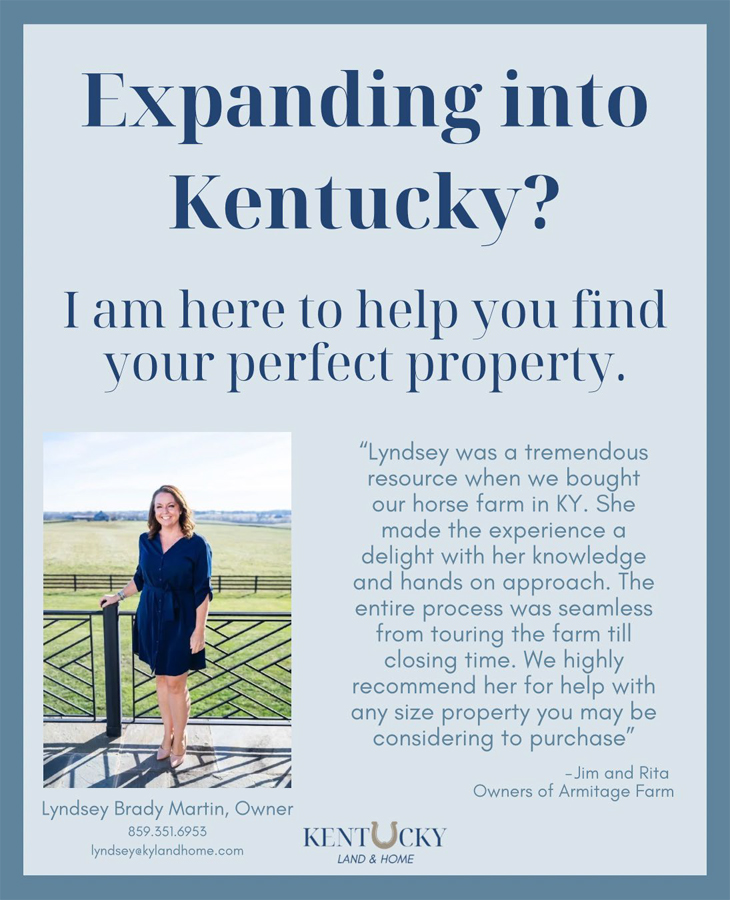

Adventures in breeding land
If Plan “A” didn’t work, the alphabet has 25 more letters. Stay cool.
by Trey Nosrac
The breeding season is fascinating. The pending arrival of a foal and those first wobbly steps are a magical time. With only our wits and a crystal ball, broodmare owners weigh costs, market trends and pedigrees for the next sire, broodmare and foal. Each dance with equine destiny and genetics is strangely addictive.
My lack of knowledge of the breeding game is significant. My void of expertise in genetics, genotyping, pedigrees, phenotyping and marketing is close to a black hole. However, like a sparrow bringing fresh twigs to his annual nest, I learn a little more each year.
The most important thing I have learned is that breeding a broodmare and selling the foal as a yearling for a profit is challenging. Also, the breeding game is a bit nutso. Plans can go awry. Every horse breeder, be they commercial breeder or hobbyist, has a storehouse of stories — some happy, some tragic, some comic — that intercede during the months and years between the selection of a sire and the slap of a hammer at a yearling sales auction.
Folks like John Mossbarger, Adam Bowden, and Steve Stewart could, and should, write books about the unexpected twists and turns in the crazy world of sires, broodmares, buying, selling and growing yearlings. Allow me to relate a true story demonstrating the wildly unpredictable breeding world.
Looking back at the past 15 years, my partner and I have arranged the insemination of four mares, resulting in a dozen yearlings going to public auction (one foal died, and another year, the new stallion was infertile). Despite our delusional due diligence in selecting stallions for our mares and endless hours of discussion on the merits of one sire over another, our yearling sales results never reached or exceeded our expectations.
From the first yearling we raised, despite constantly tinkering with different mares and sires, we struggled to produce a product that sold well. With each disappointment, our resolve grew to grow a yearling the buying public favored. This quest to find the correct sire and mare is a cycle that may resonate with many breeders.
For this tale, cast your mind back to the summer of 2020, the bizarre and frightening early days of COVID-19. Those surreal early months brought masks and blame, isolation and fear and a period where harness racetracks closed their doors. Nobody knew if or when the racetracks would reopen.
My partner and I had a 3-year-old filly trotter training as a racehorse during the COVID lockdown. The filly in question was struggling to qualify. She did not race at 2 and was not looking like a stakes performer on the training track. Suddenly, this filly’s future, even as a county fair performer, was doubtful due to the virus. The day after the racetracks stopped racing, for how long nobody knew, my horse pal and I had our daily phone chat. It went something like this:
“He said, ‘Oh man, how long do you think the tracks will stay shut down? What are we going to do with the filly?’ ‘No idea,’ I said. ‘It’s a bizarro world out there.’”
After a pause, something popped into my brain, from where I did not know.
“I said, ‘This might be impossible, we never talked about breeding this mare, but could we try to get her in foal?’ He said, ‘I don’t know, it’s probably too late in the breeding season, and she is still on the racetrack.’ I said, ‘Obviously, when we bought her, we thought her breeding was pretty good, and there is a trotting stallion on a farm just a few miles away. Let’s make a few calls.’”
We spent approximately two minutes researching this mating. The arrangements consisted of two phone calls in less than five minutes, this off-the-wall shot in the dark burst into my mind with less deliberation than selecting a pre-cooked rotisserie chicken at the grocery store. The following day our bewildered filly traveled a few miles down the road to a breeding farm.
Time marched onwards. The resulting foal, a filly, was born 11 months later on a late May morning at the farm where we keep our broodmare. The baby was nice looking. She grew tall and strong. When we visited the farms to watch her progress, we would laugh and smile at our “Pandemic Panic” filly.
We consigned the filly to a sale. Our hopes were not high. Although this yearling had a decent family pedigree, she was a late May foal from an unraced mare.
On the day of the sale, the “Pandemic Panic” yearling had very few visitors. We set a low price; if she did not bring that number, we would take her home and try her as a racehorse.
The auctioneer called her into the sales ring. This yearling — this random, wild, accidental stab that resulted from a global plague — stepped into the sales ring. Unlike the string of yearlings we had previously sent to market, she sold for over twice our expected price in less than a minute. What a rush.
Of course, being true harness horse junkies, we took our windfall and squandered the unexpected cash on another yearling filly later in the same sale, another horse that was more hunch than a deep study.
But for almost two hours, we were flush. We were ahead of the game. And we kept enough money aside for another swing in this crazy part of our game. Our next swing is just around the corner as we choose another sire. As always, the long trip to the sales ring will be exciting and possibly touched by a bit of karma.















